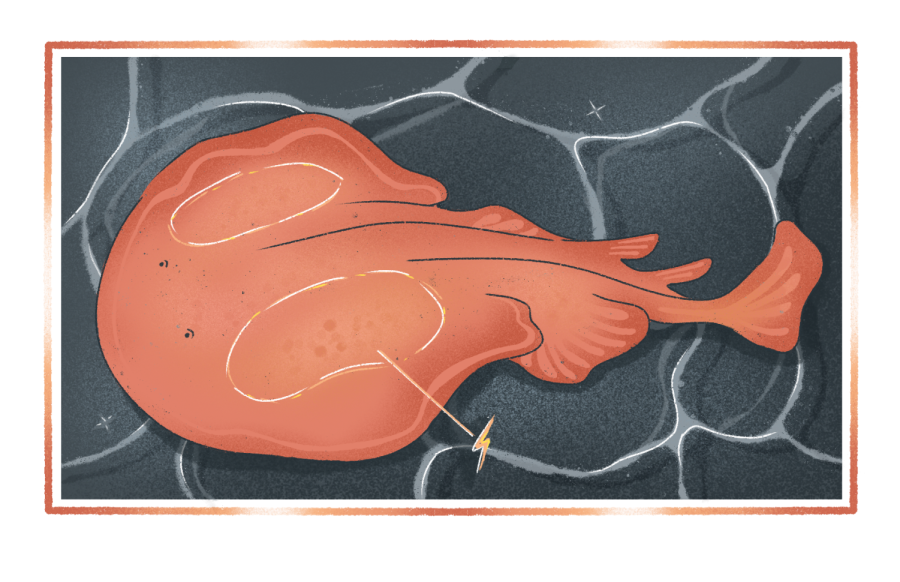UT-Austin researchers explain evolution of electric fish
June 20, 2022
New research on electric fish by a team of researchers at UT and Michigan State University revealed information about how these fish evolved their electric organs and could help future researchers better understand muscle diseases in humans.
In a recently published paper, the researchers set out to understand whether two groups of fish who had evolved electric organs independently of each other did so in the same way, said Harold Zakon, a professor of neuroscience and integrative biology. The study focused on two communities of fish: one from South America and one from Africa.
Electric fish can sense each other and objects in their extremely dark environment, due to specialized sensory receptors and organs in their tails that emit an electric field, Zakon said. The two groups of fish in the study evolved electric organs through a specific region of the genome but used different processes to do so.
Zakon, whose lab began the research on electric fish, said understanding this region of genes in fish could have medical ramifications because the same region of genes is found across vertebrates, including humans. Gene mutations in this region could impact muscle function and could help scientists understand certain muscle diseases or weaknesses, Zakon said.
Sarah LaPotin, a former research technician in Zakon’s lab and the first author of the paper, said the research was important for understanding how evolutionary novelties, like the development of electric organs, occur.
“I think it’s quite interesting that it appeared to happen differently in these different groups because it means that there’s different ways of (reaching) the same common goal,” LaPotin said.
The findings suggest that evolution is not constrained, meaning there is not only one way for evolution to happen, said Johann Eberhart, a professor of molecular biosciences whose lab worked with Zakon’s team on the paper.
“If we rewound the clock and played it forward again, we might find different ways to adapt to the environment and maybe different ways to even generate the same adaptations,” Eberhart said.
The paper shows that important findings can come from studying species beyond science’s usual model species, like mice, fruit flies and zebrafish, Zakon said.
“We should never underestimate what information can be gained by unusual and nonstandard model animals,” Zakon said. “We just said, ‘Gee, isn’t that nice? Isn’t this interesting? A fish that makes electricity.’ Pure curiosity and wonderment led us to study it.”








